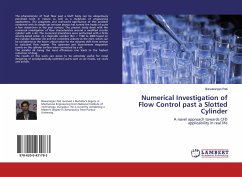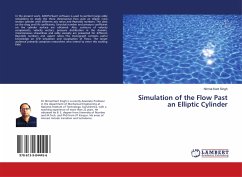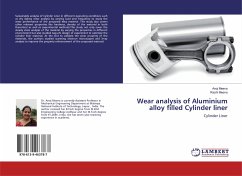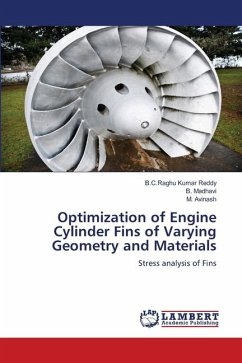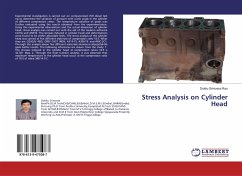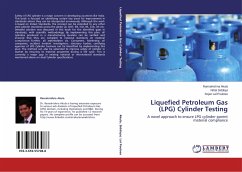The phenomenon of fluid flow past a bluff body can be ubiquitously perceived both in nature as well as a multitude of engineering applications. The pragmatic and real-world significance of this problem combined with its simple yet intricate physics has turned the heads of quite a few researchers in the past century. The present study deals with the numerical investigation of flow characteristics around a modified circular cylinder with a slit. The numerical simulations were performed with a finite volume-based solver at a Reynolds number (Re) = 1500 to 4000 based on the cylinder diameter (D) and the centerline velocity at the inlet, which can be considered as the lower critical value for the dynamic shift from laminar to turbulent flow regime. The upstream and downstream stagnation points on the cylinder surface were connected by a slit. The parallel slit being the most efficacious one leads to the highest reduction of drag. The results of this work can prove to be extremely useful for novel designing of aerodynamically optimized parts such as car hoods, car roofs and airfoils.
Bitte wählen Sie Ihr Anliegen aus.
Rechnungen
Retourenschein anfordern
Bestellstatus
Storno

